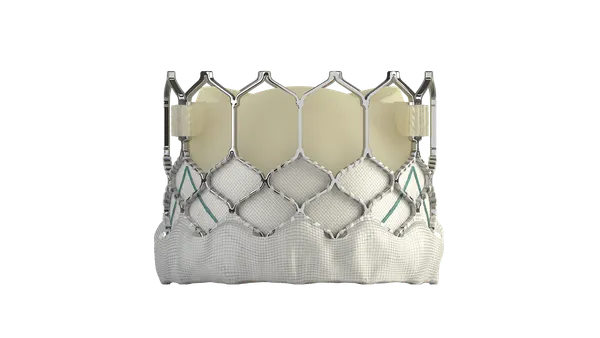Dive Brief:
- Medtronic said five-year data from the IN.PACT clinical trial evaluating its Admiral drug-coated balloon to treat peripheral artery disease (PAD) showed the device continued to outperform standard angioplasty alone.
- Three-quarters of patients in the study treated with the drug-coated balloon did not need a repeat procedure through five years.
- The data, presented at the Vascular Interventional Advances (VIVA) symposium underway in Las Vegas, also showed low rates of limb amputation and blood clots with the drug-coated balloon and no device or procedure-related deaths through five years in both the drug-coated balloon and standard angioplasty groups.
Dive Insight:
Drug-coated balloons are a more recent treatment option for PAD, a condition characterized by the buildup of plaque in arteries carrying blood to the legs. Doctors at the Cleveland Clinic have noted a lack of consensus in the medical community about which treatment is best for PAD due to an absence of head-to-head studies.
In traditional balloon angioplasty, a catheter with a balloon on the end is used to widen the artery, and sometimes a stent is put in place to prevent the artery from narrowing again. An alternative procedure is atherectomy, in which the physician uses a catheter with a device attached to remove the plaque.
Drug-coated balloons, first approved in the United States in 2014, allow medication to transfer to the wall of the artery to help prevent the vessel from re-narrowing.
C.R. Bard, acquired last year by Becton Dickinson, and Medtronic are the top U.S. makers of drug-coated balloons for PAD, but more competition is on the way. Boston Scientific is looking to launch a drug-coated balloon for PAD in 2020, while Abbott and Surmodics earlier this year announced an agreement in which Abbott will commercialize Surmodics' drug-coated balloon now in clinical trials.
The IN.PACT study compared Medtronic's Admiral drug-coated balloon against percutaneous transluminal angioplasty in the superficial femoral and popliteal arteries. Freedom from target lesion revascularization, or repeat treatment, was 74.5% in the drug-coated balloon group and 65.3% in the plain angioplasty group through five years.
The primary safety composite was achieved in 70.7% of patients in the drug-coated balloon group and 59.6% in the angioplasty group. The major adverse event rate was 42.9% for drug-coated balloon patients and 48.1% for angioplasty patients. Medtronic said limb amputation occurred in 0.5% of drug-coated balloon patients and thrombosis, or blood clots, in 2.2% of those patients.










